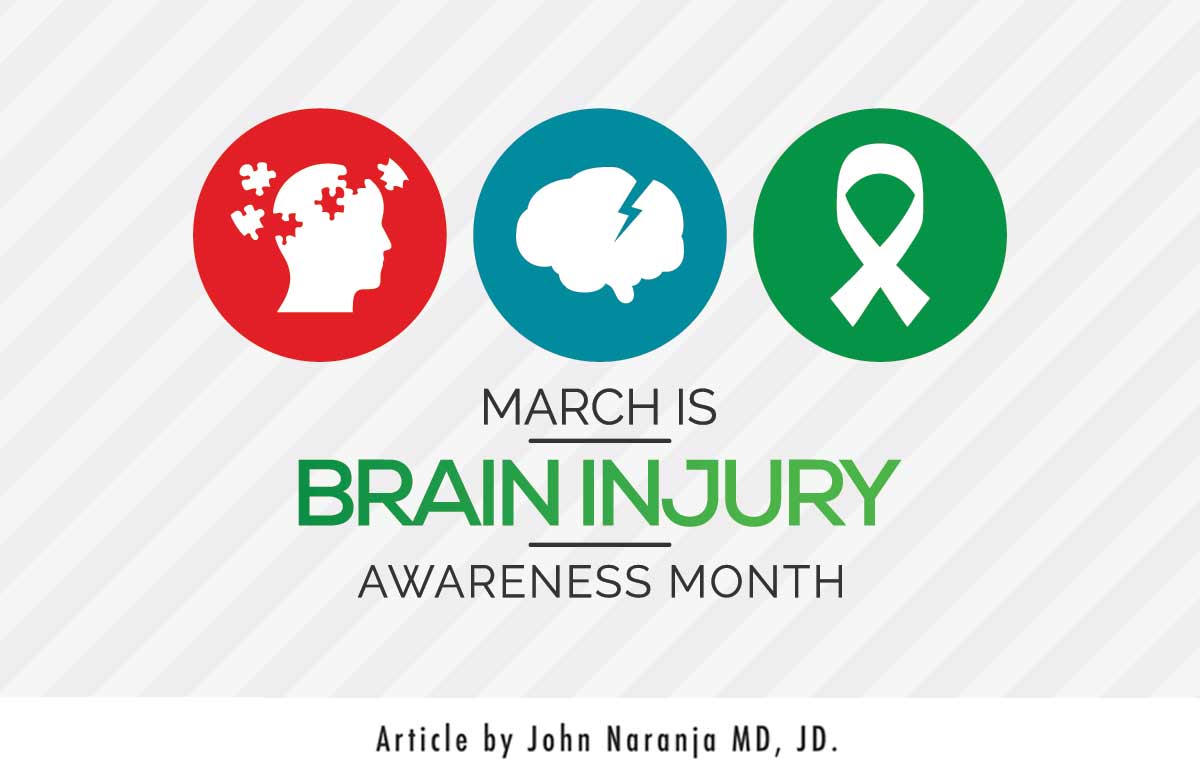
An estimated 2.8 million individuals sustain a concussion or traumatic brain injury each year. Of those, 282,000 are hospitalized and 50,000 will not survive. In a previous article, we discussed how traumatic brain injuries are assessed. Today, we will examine potential emerging technologies in the evaluation and treatment of these injuries.
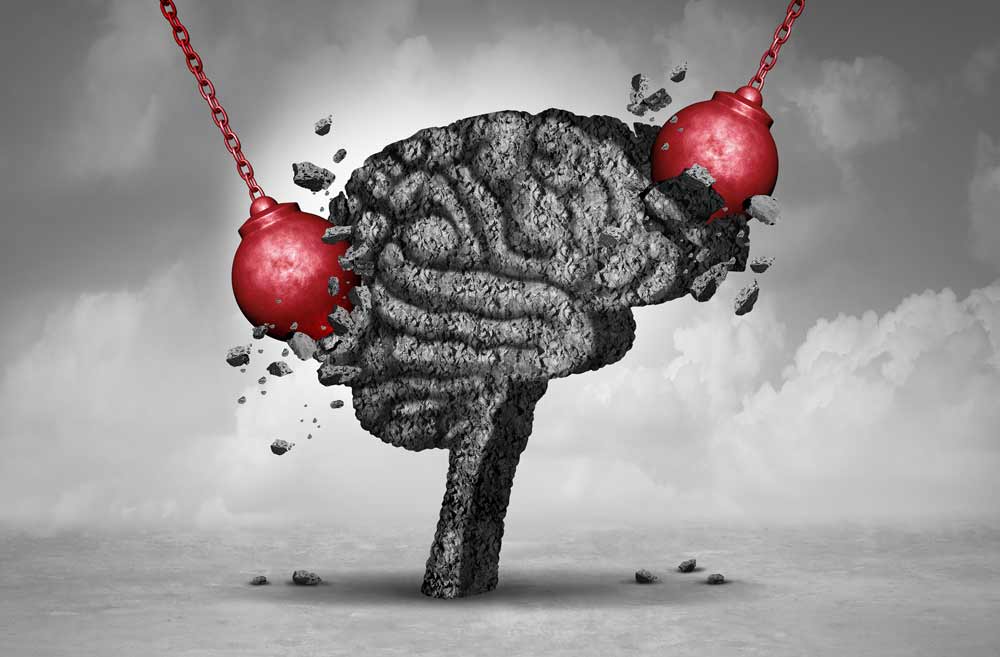
Currently, the evaluation and treatment of traumatic brain injuries center on 1) prevention; 2) a diagnosis based on symptoms alone;
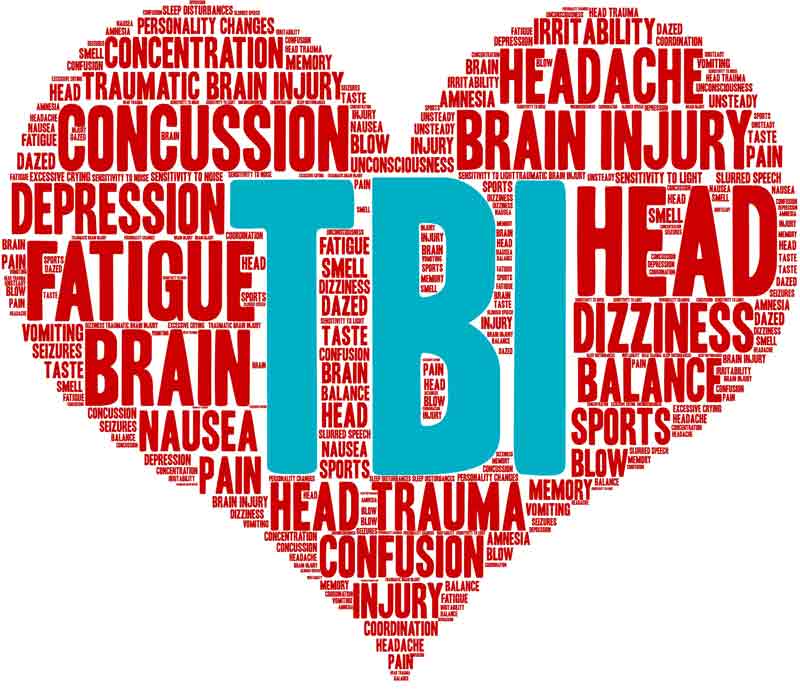
and 3) treatment primarily involving brain rest and recovery. Medical research is hoping to expand each of these elements.
Regarding prevention, protective head devices (helmets) have received recent attention. Traditional helmets have relied upon two types of safety mechanisms.
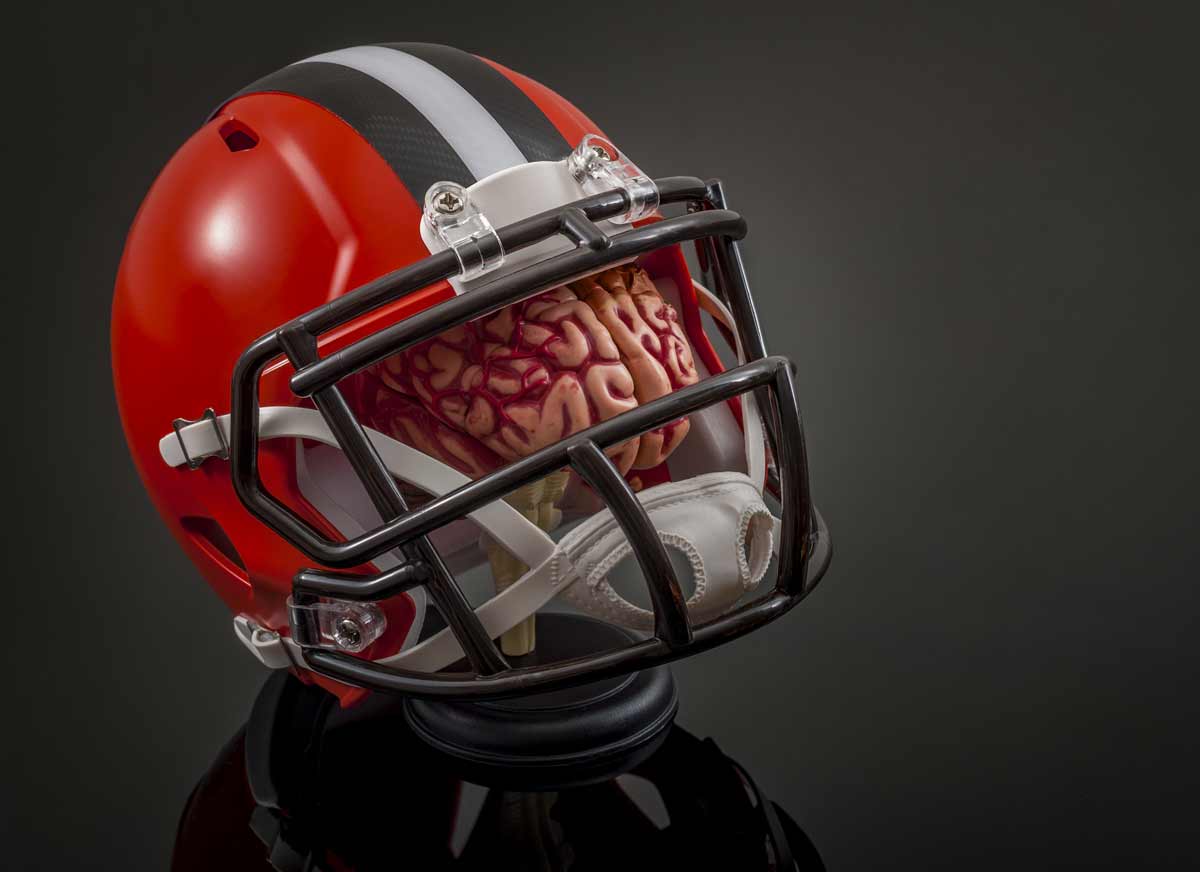
One type is a shock absorber design, similar to what we might think of with respect to shock absorbers on our cars or bicycles.

Although these designs can be effective, they are limited because they are rigid devices that cannot readily adapt to varying forces applied to them. Furthermore, because they tend to be bulky, their use in circumstances where space may be constrained can become restricted. The other types of energy absorbers are soft and compressible.

Foam pads in football helmets or ski helmets are a good example. The problem with this mechanism of protection is that they only have a certain range where they can absorb energy from an impact. Anything outside that range results in diminished effectiveness. Research is developing, however, in what might be termed a “smart” helmet.

In these devices, head protection is able to adapt to the forces of impact to provide optimal protection. Forces can be spread out over space and time to reduce impacts to the brain. Smart helmets could also be an improvement in functionality because size and space requirements are less confining.
In regard to diagnosis, the use of blood testing to diagnose traumatic brain injury is being developed.
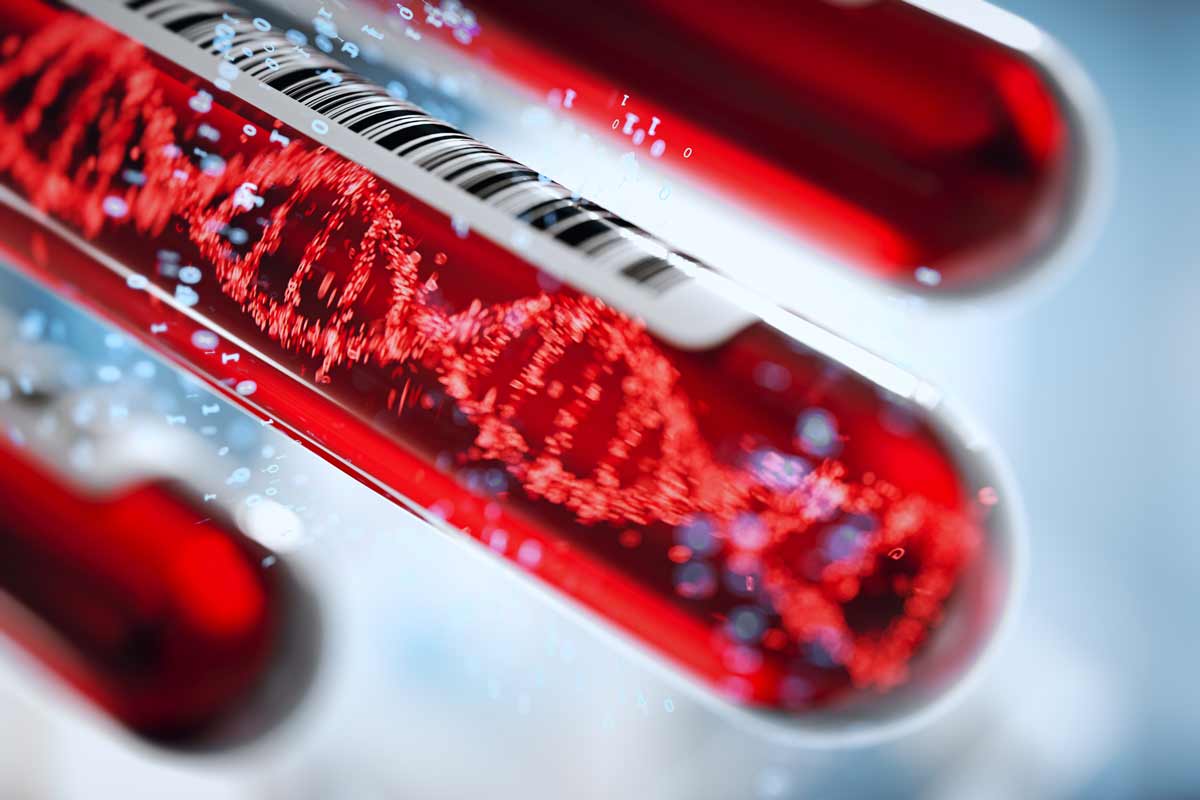
The advantage of laboratory testing to identify traumatic brain injury when compared to imaging with MRI and CT studies is potentially earlier sensitivity to an injury. This kind of testing is also more suitable in facilities that are considered front-line or point-of-care offices where MRI and CT are not always readily available. Blood tests that make use of the body’s responses to traumatic injury take advantage of biomarkers. Biomarkers are measurable substances that, when present, indicate some abnormality or medical condition.
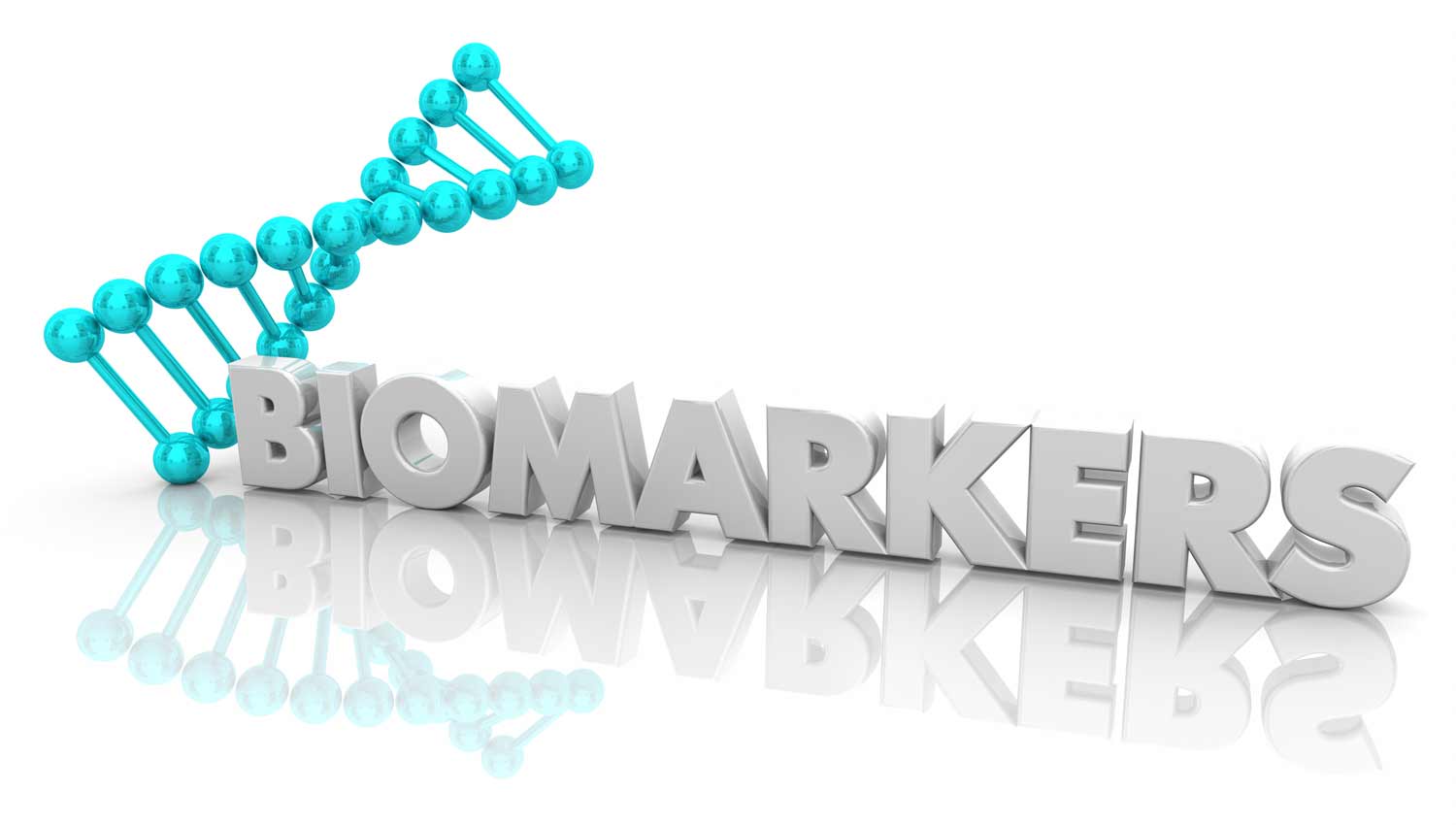
One study from Europe was able to use biomarkers located in the blood of brain-injured patients to identify individuals who had a more severe type of traumatic brain injury. In another study, the use and analysis of a saliva sample was able to differentiate between those with a mild traumatic brain injury from those without any injury at all.
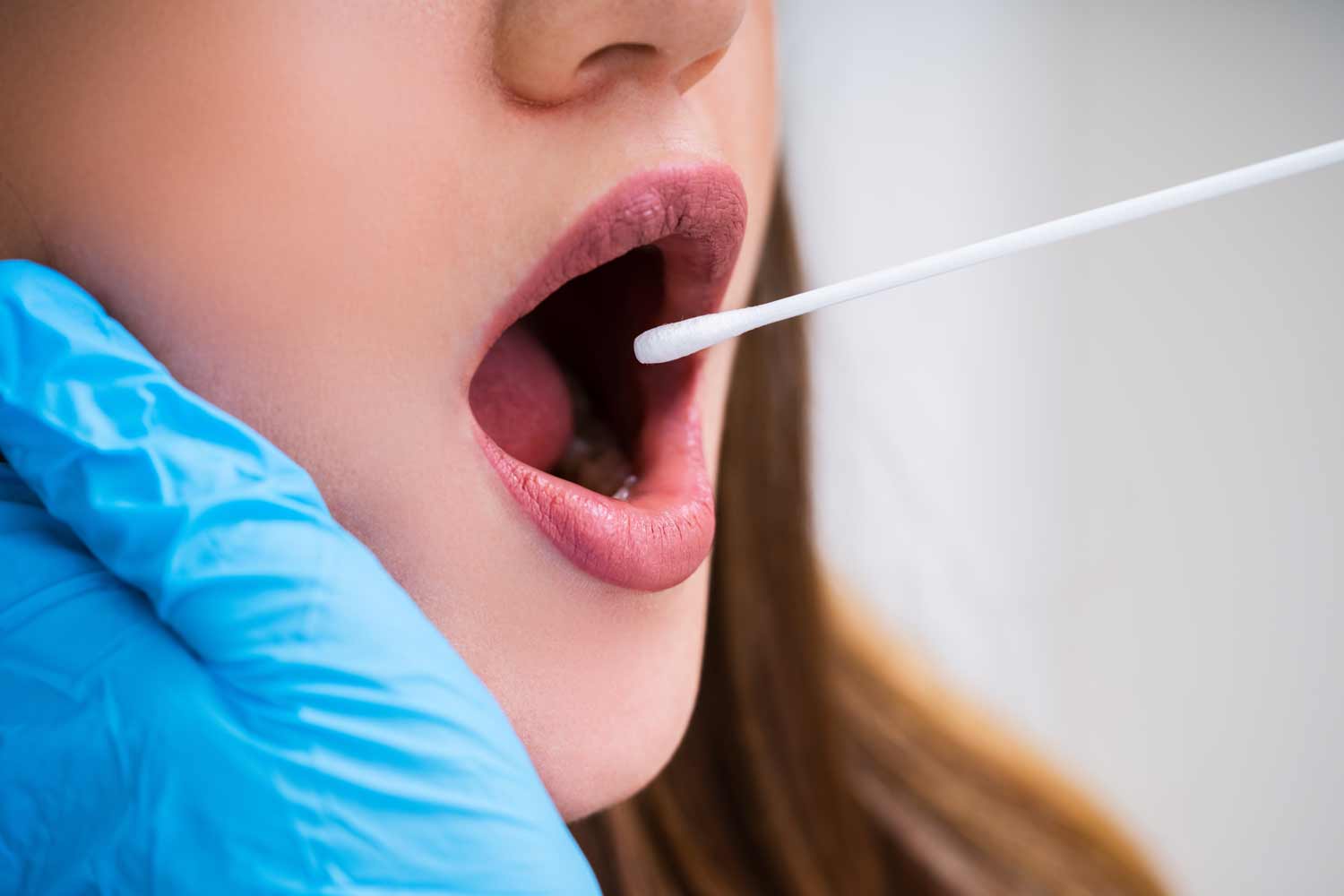
And finally, with the use of a small finger-prick blood sample, a biomarker could be identified by a machine that utilizes light optic technology to enable the identification of the brain injury marker.
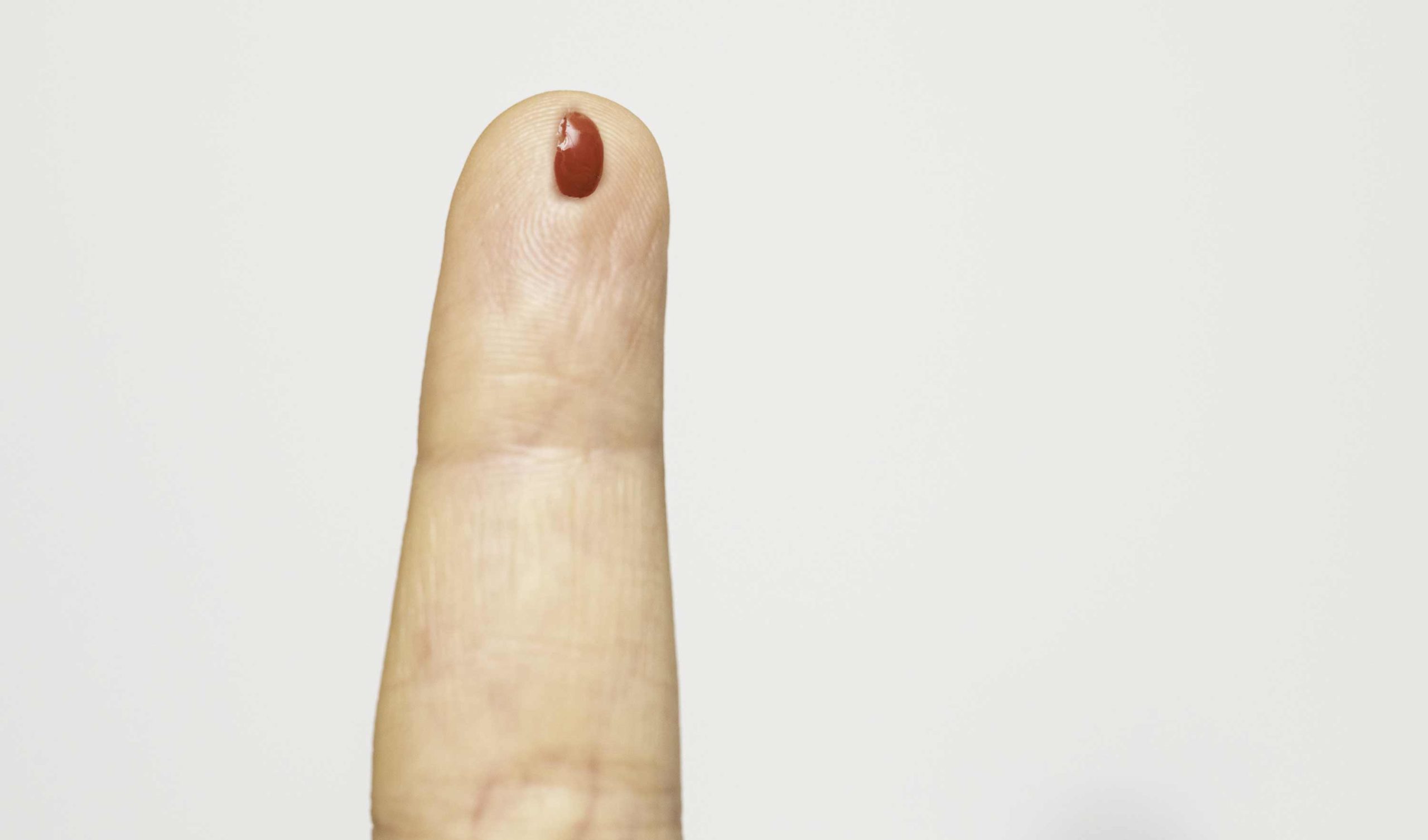
There is some discussion that this last type of technology could even be used in the field instead of having to wait for transport to the hospital before diagnostic tests could be run.
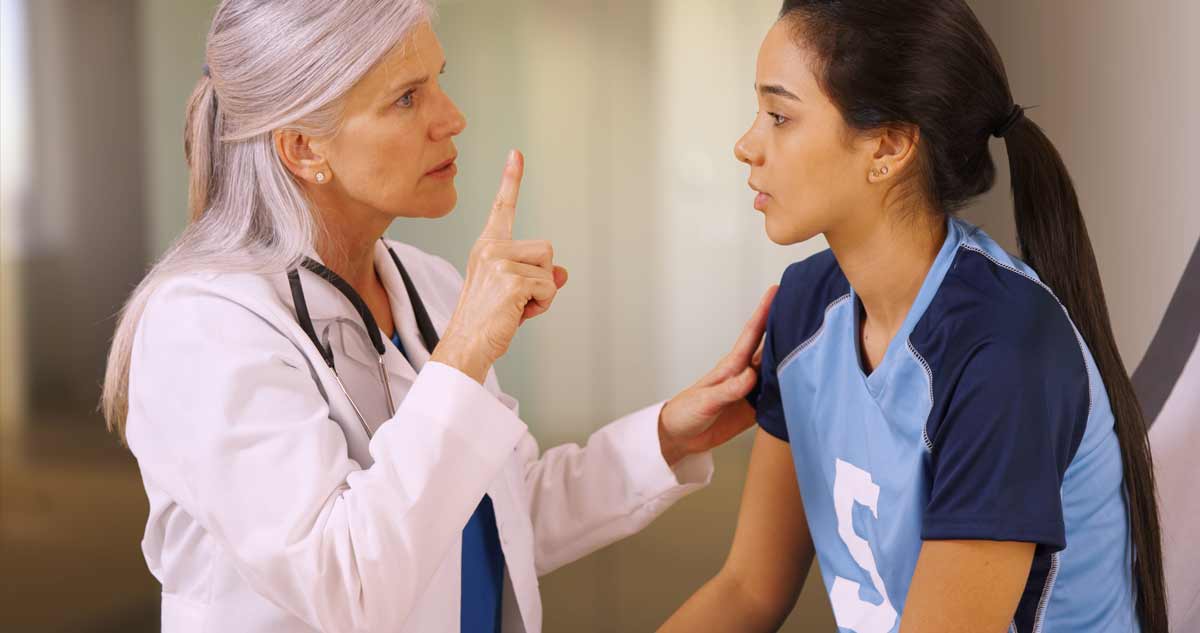
In regard to treatment, a novel approach to treatment arises when we understand that during the early development of traumatic brain injuries, the nerves in the brain become more excitable.
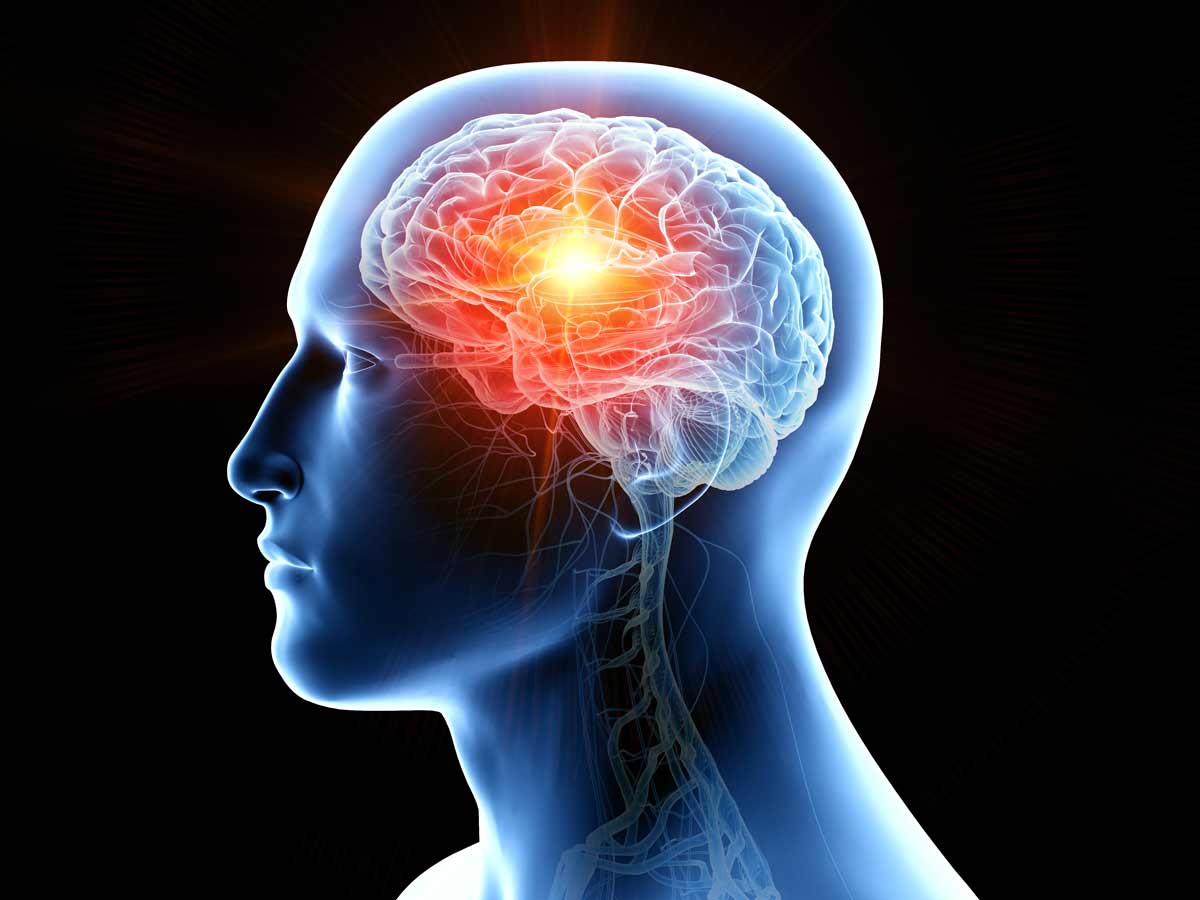
Hyperexcitable nerves in the brain later lead to detrimental long-term effects. When scientists were able to prevent nerves from becoming excitable with certain drugs, they found that they were able to minimize the effects of traumatic brain injury.
In another study, it has been found that individuals with traumatic brain injury develop an inflammatory response in the brain. The inflammatory response includes a trigger inside our body that sends certain cells called monocytes into the area of trauma.
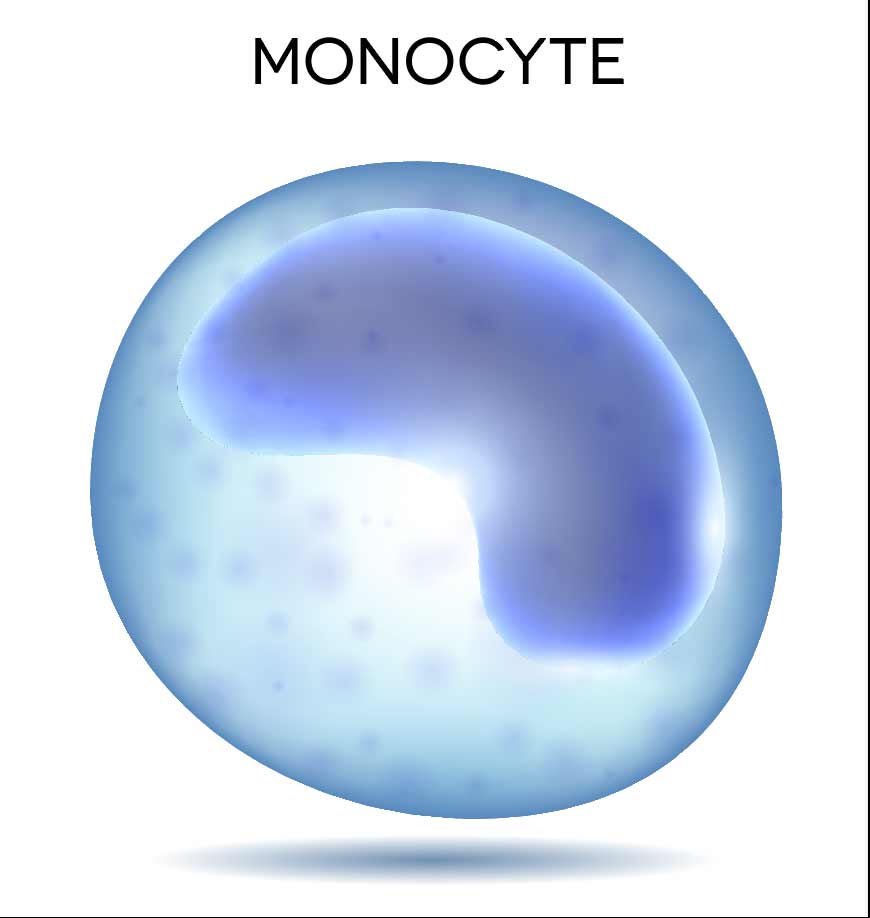
With the use of injected nanoparticles to block the entry of monocytes, improved outcomes were observed in one laboratory study.
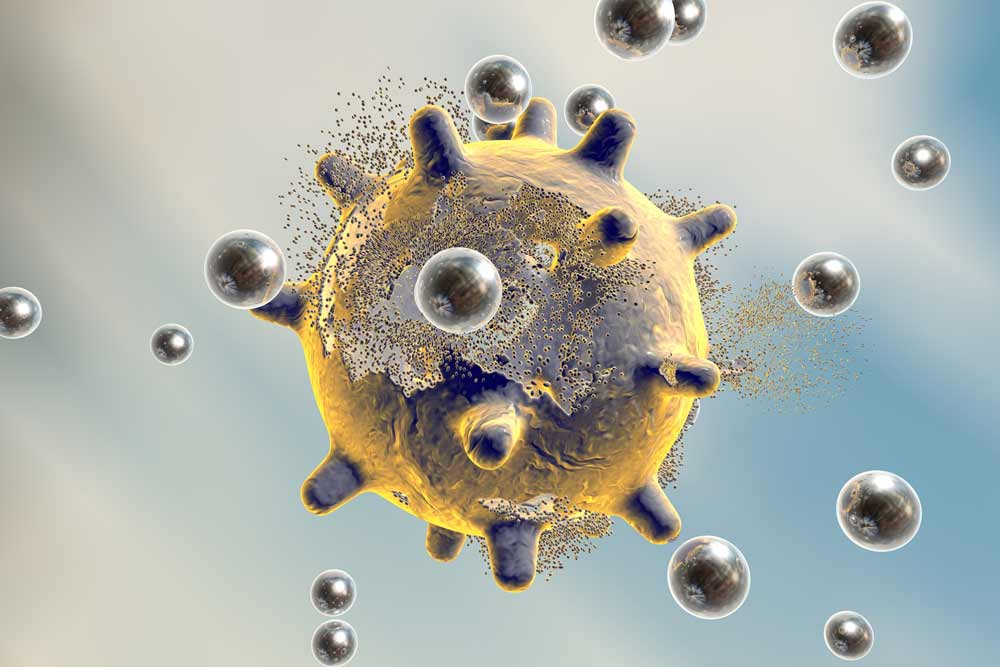
An ability to apply this type of technology to brain-injured individuals is promising.
Prevention, diagnosis, and treatment remain the targets of research to overcome the negative effects of traumatic brain injury. Hopefully, these emerging technologies are operational soon to address this significant problem.
Dr. John, Esq. is both an attorney and a physician. Before obtaining his law degree, Dr. John Naranja practiced for approximately 12 years as an orthopedic surgeon.
